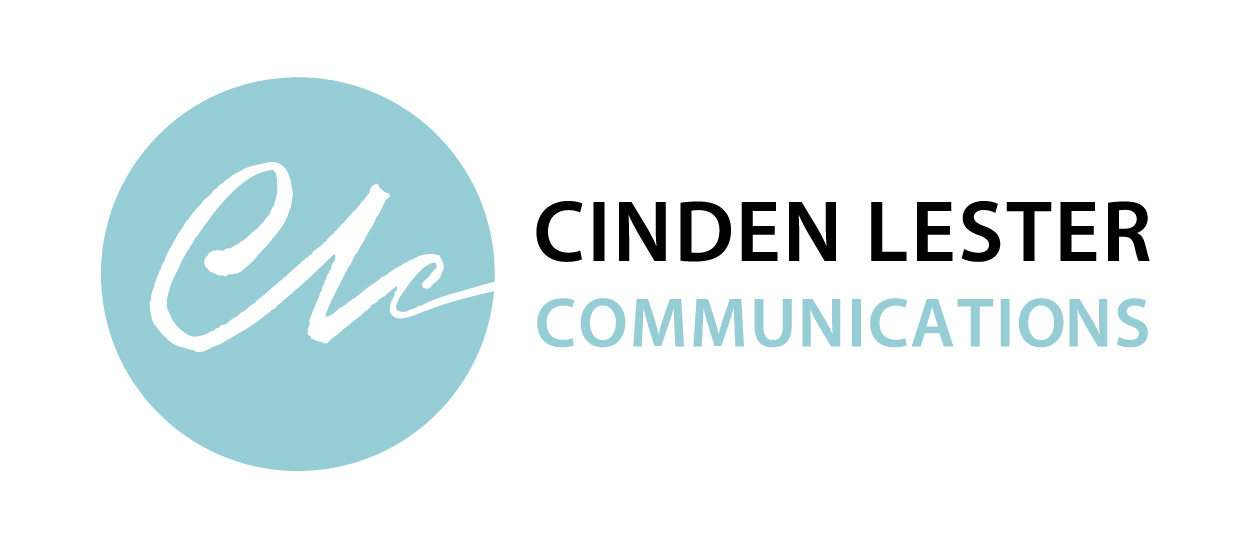
About a month ago, a little wattlebird started fussing around with twigs in the tree outside our lounge room window. Before long, there was a perfect little nest, lined with soft grey feathers. Then two speckled eggs. Then two fluffy, hungry baby birds.
From the moment we first noticed her, that mother bird was 100% clear about her purpose. No dithering, no distractions, no dilly-dallying.
Watching her, I realised there’s a lesson in that.
If you need to write something, know your purpose before your fingers hit the keyboard.
But how? Try asking yourself these questions to pinpoint your purpose.
Do you need to inform? Persuade? Guide or instruct? Gain approval? Explain a change? Or do you want people to take certain actions or make a decision? Or maybe all of the above?
Taking the time to clarify the desired outcome could save you a lot of time down the track.
(Our wattlebird knew she needed a small, sturdy nest and placed every twig with purpose to achieve exactly that.)
Knowing who you’re communicating with helps you determine the right tone, language and emphasis.
A brief for senior executives needs to be, well, brief. A research report or background paper for a working party can delve deeper. A newsletter article or webpage needs to quickly capture and hold attention.
With your audience firmly in mind you can frame your content so it is relevant and useful for them.
(That little nest wouldn’t have suited a cockatoo, but it was just right for the wattlebird.)
Think about the information you want to convey, then check your assumptions.
What does your audience already know? What do they want or need to know? How does that relate to what you want to tell them?
Don’t rush in—be patient and think it through.
(Our little bird knew she needed to sit patiently for days keeping her eggs warm so they would hatch.)
How complex is your information? Is it must-know or nice-to-know?
Does your audience like the background ‘why’ first, then the ‘what’ and ‘how’? Or would they prefer you to cut to the chase in as few words as possible?
Figuring out the most logical flow for your purpose and audience will save you from rambling. It’s generally best to avoid sending your readers down a garden path.
(It didn’t take long for our bird to find the most direct flight path from the garden bed back to the nest once she had two small mouths…er beaks…to feed.)
Have you done this before? Can you cherry pick the best of what worked well last time and avoid the mistakes?
(About three years ago there was another nest in exactly the same spot. We’re guessing it’s either the same bird or one of the first brood who returned this Spring.)
What key message, storyline or narrative will give your content the right hook, interest and structure?
Once you’re clear on that, you can sense-check as you write to revisit and reinforce your overarching theme.
OK, now you’re ready to go.
With your purpose clear before you start writing, your fingers should fly over the keyboard.
| Cinden Lester has more than 25 years’ experience as a professional writer, editor and communications specialist. She worked as a broadcast journalist, in private sector marketing and public relations, and in government communications before establishing her own Canberra-based communications consultancy in 2000.
Contact Cinden if you’d like help with your writing. |

